.70 caliber, 42" round barrel, no S/N. Bright finish, walnut stock with recessed cheek rest. 6.3125" long flat beveled lock with fenced and bridled iron pan and rounded, reinforced cock. Lock marked with script US / {eagle} / SPRINGFIELD in an upturned arc. Rear of lock dated 1816 horizontally, matching date on butt plate tang. Top of breech marked US, left breech marked with a "P" and {eagle head} and a V. A period applied, clipped-corner rectangular German silver escutcheon is mounted to the wrist with two screws and reads in three lines: Capt. E.D. FRENCH / 1816 / Musket. A script JT inspection cartouche is present at the rear of the counterpane, with the block letters JCS and a script S in an oval behind the triggerguard. The small sub-inspection letter "D" appears on many parts. The assembly mark \/ | is found on most parts, including the mainspring, the bottom of the barrel and breech plug, the lock and tang screws, the reverse edges of the barrel bands and the ramrod shaft. Sling swivels present, ramrod full-length with threads at the end. Socket bayonet lug on top of barrel 1.5" from the muzzle is marked with a "7". Although referred to as the Model 1812 Type III by collectors for decades, more recent research indicates that the correct terminology would be Standard Model of 1815. According the Peter Schmidt's two-volume set, this would be a US M1815 Type III. Condition: Very good. Metal untouched with a darkly oxidized, thick chocolate brown patina, showing bright metal under the barrel bands and under the barrel where it was protected by the stock. Lock with clear markings and some light pitting. Mechanically functional. Lock appears to be original flint, but the cock is replaced, with the top jaw and screw appearing to be incorrect replacements. Touchhole is large, but is well centered in the pan, showing some taper and angled slightly forward. Remote camera inspection of the interior of the barrel shows no indication of welding or bushing of the touchhole. Breech plug tang shows some vise marks. Mechanically functional, bore dirty and moderately oxidized with light pitting along the entire length, and some patches of more moderate pitting. Stock solid and free of repairs, with numerous scattered bumps, dings and minor mars, some minor chipping around the lock and tang. A couple of small surface grain cracks are present, one behind the lock mortise and one running from the rear lock screw to the barrel channel.
.70 caliber, 42" round barrel, no S/N. Bright finish, walnut stock with recessed cheek rest. 6.3125" long flat beveled lock with fenced and bridled iron pan and rounded, reinforced cock. Lock marked with script US / {eagle} / SPRINGFIELD in an upturned arc. Rear of lock dated 1816 horizontally, matching date on butt plate tang. Top of breech marked US, left breech marked with a "P" and {eagle head} and a V. A period applied, clipped-corner rectangular German silver escutcheon is mounted to the wrist with two screws and reads in three lines: Capt. E.D. FRENCH / 1816 / Musket. A script JT inspection cartouche is present at the rear of the counterpane, with the block letters JCS and a script S in an oval behind the triggerguard. The small sub-inspection letter "D" appears on many parts. The assembly mark \/ | is found on most parts, including the mainspring, the bottom of the barrel and breech plug, the lock and tang screws, the reverse edges of the barrel bands and the ramrod shaft. Sling swivels present, ramrod full-length with threads at the end. Socket bayonet lug on top of barrel 1.5" from the muzzle is marked with a "7". Although referred to as the Model 1812 Type III by collectors for decades, more recent research indicates that the correct terminology would be Standard Model of 1815. According the Peter Schmidt's two-volume set, this would be a US M1815 Type III. Condition: Very good. Metal untouched with a darkly oxidized, thick chocolate brown patina, showing bright metal under the barrel bands and under the barrel where it was protected by the stock. Lock with clear markings and some light pitting. Mechanically functional. Lock appears to be original flint, but the cock is replaced, with the top jaw and screw appearing to be incorrect replacements. Touchhole is large, but is well centered in the pan, showing some taper and angled slightly forward. Remote camera inspection of the interior of the barrel shows no indication of welding or bushing of the touchhole. Breech plug tang shows some vise marks. Mechanically functional, bore dirty and moderately oxidized with light pitting along the entire length, and some patches of more moderate pitting. Stock solid and free of repairs, with numerous scattered bumps, dings and minor mars, some minor chipping around the lock and tang. A couple of small surface grain cracks are present, one behind the lock mortise and one running from the rear lock screw to the barrel channel.








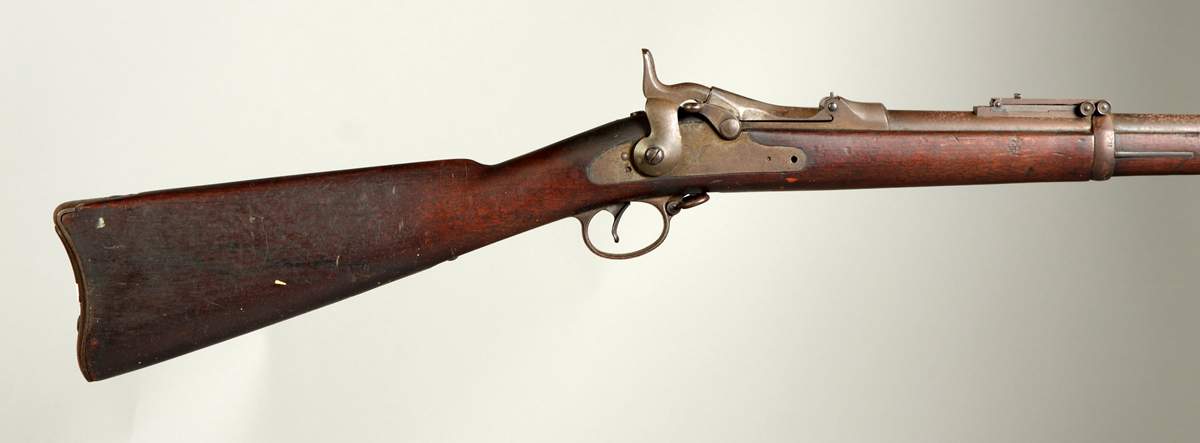
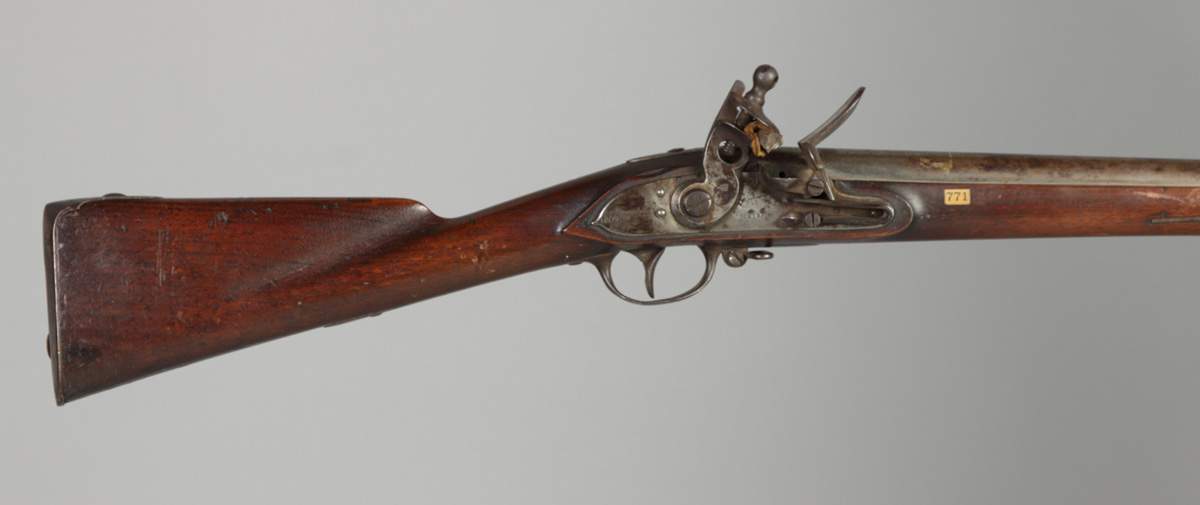
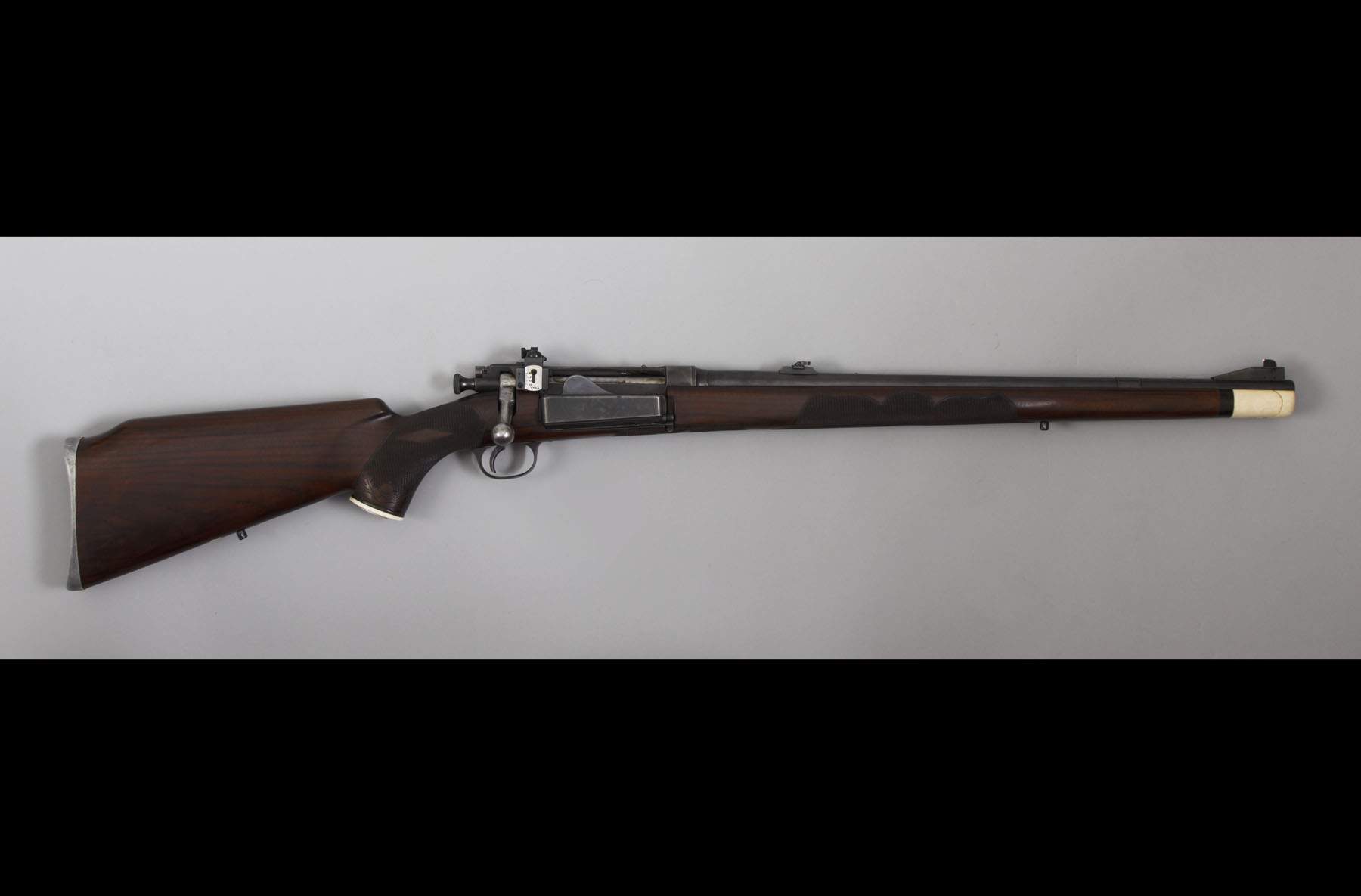


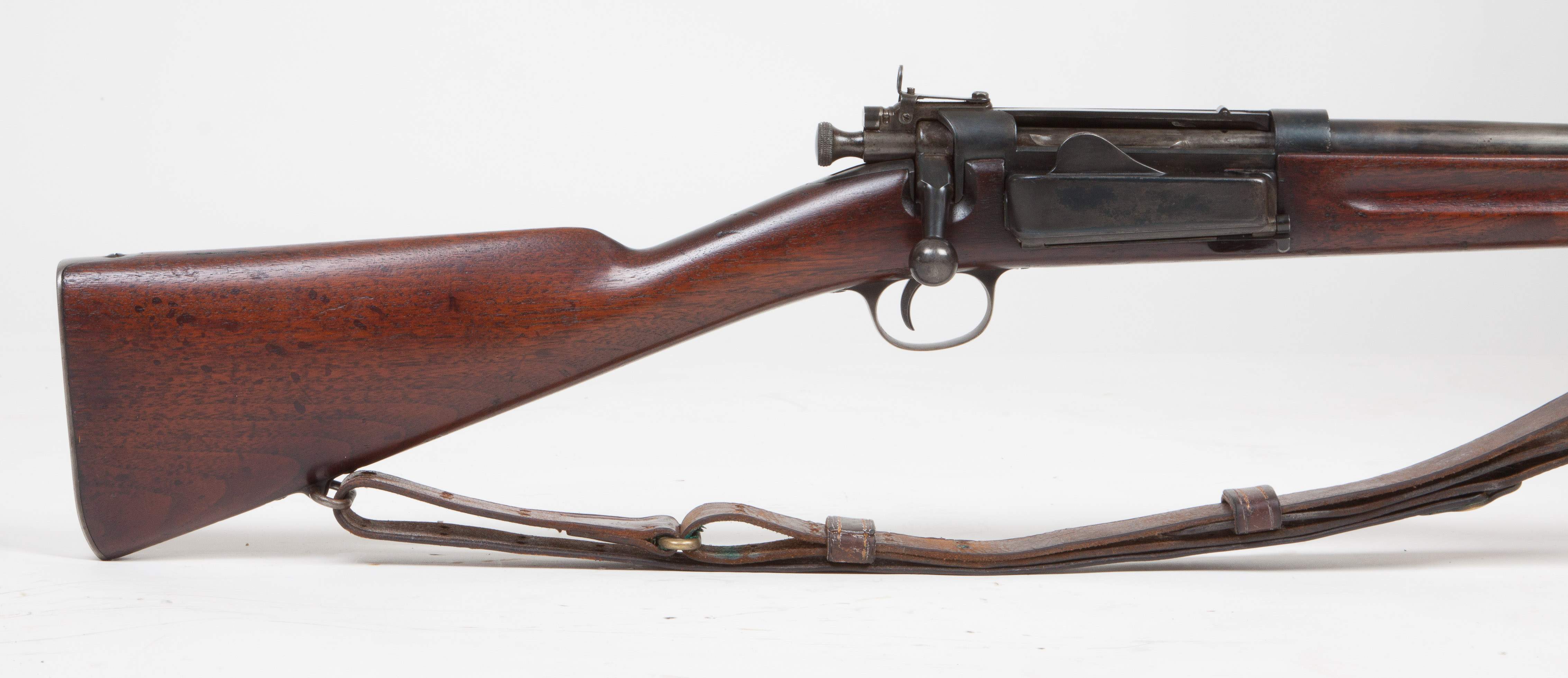
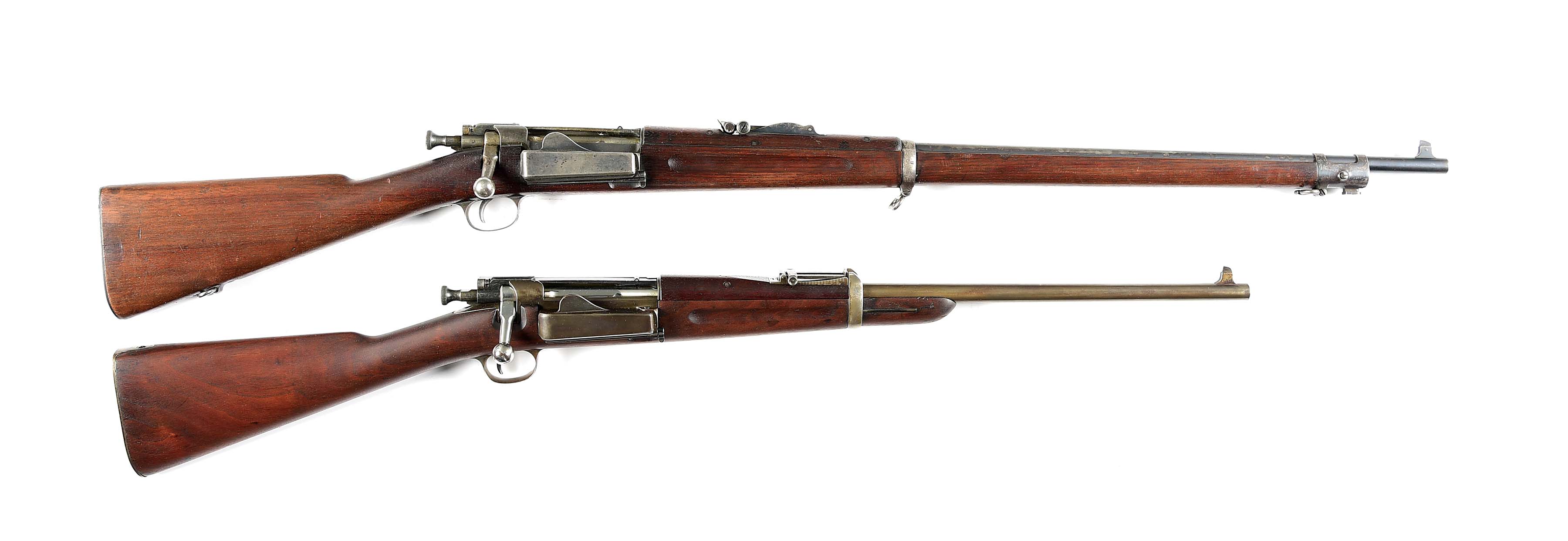
Testen Sie LotSearch und seine Premium-Features 7 Tage - ohne Kosten!
Lassen Sie sich automatisch über neue Objekte in kommenden Auktionen benachrichtigen.
Suchauftrag anlegen